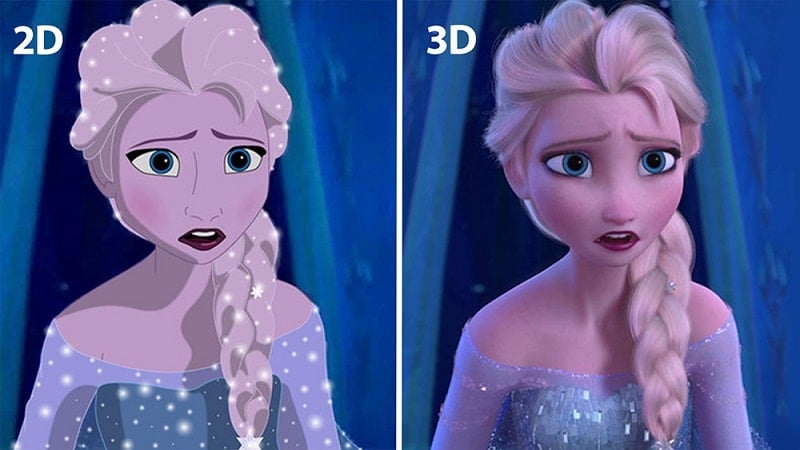

This was done primarily for performance reasons, as large, diffuse shadows are typically one of the more expensive effects to render, especially within an animation loop.” 04. Because it’s sufficiently diffuse, we were able to simply blur a behind the 3D canvas, without it being noticeable that the shadow’s shape does not perfectly match the shape of the icosahedron. “Another element that is not rendered in the 3D environment is the shadow cast by the object. “When animating the icosahedron, we calculate the positions of the vertices, as well as whether or not they’re currently visible or obscured behind the object, and then use that information to position and show/hide the label elements. This was to ensure the highest quality rendering for text and also to make localisation easier. The vertex labels that represent the various attributes of a charge are not rendered in the 3D environment, but as normal HTML elements above the 3D canvas. However, we decided later that we wanted rounded edges on the shape to better match the existing 3D aesthetic use elsewhere on, so we rendered a rounded icosahedron in Cinema4D and loaded it as an object into three.js.

“The initial version simply used the built-in primitive. As a matter of fact, we were lucky enough to find that three.js includes an icosahedron by default as one of its built in primitives. “We chose three.js as a higher-level framework that abstracts over WebGL and makes it simpler to load objects, setup lighting and materials, and more. The primary technology used for this is WebGL, although it’s a fairly low-level API, says Labus. Machine learning is fairly abstract by its nature, so a 3D object seemed an effective way to make the concept more tangible Bill Labus “Machine learning is fairly abstract by its nature, so a 3D object seemed an effective way to make the concept more tangible.” “She was envisioning a way to visually represent a Stripe charge from the perspective of Radar, which uses machine learning to score incoming charges and predict the likelihood that they’re legitimate or fraudulent,” Labus explains. Featured on payment platform Stripe’s site, it was designed by Bill Labus, based on an idea on Krithika Muthukumar, who works on product marketing at Stripe. A simple but effective implementation of 3D on payment platform Stripe’s siteĪ much simpler implementation of 3D, this interactive, rotating icosahedron is nonetheless very effective in presenting a range of menu options in a cool and original way.


 0 kommentar(er)
0 kommentar(er)
